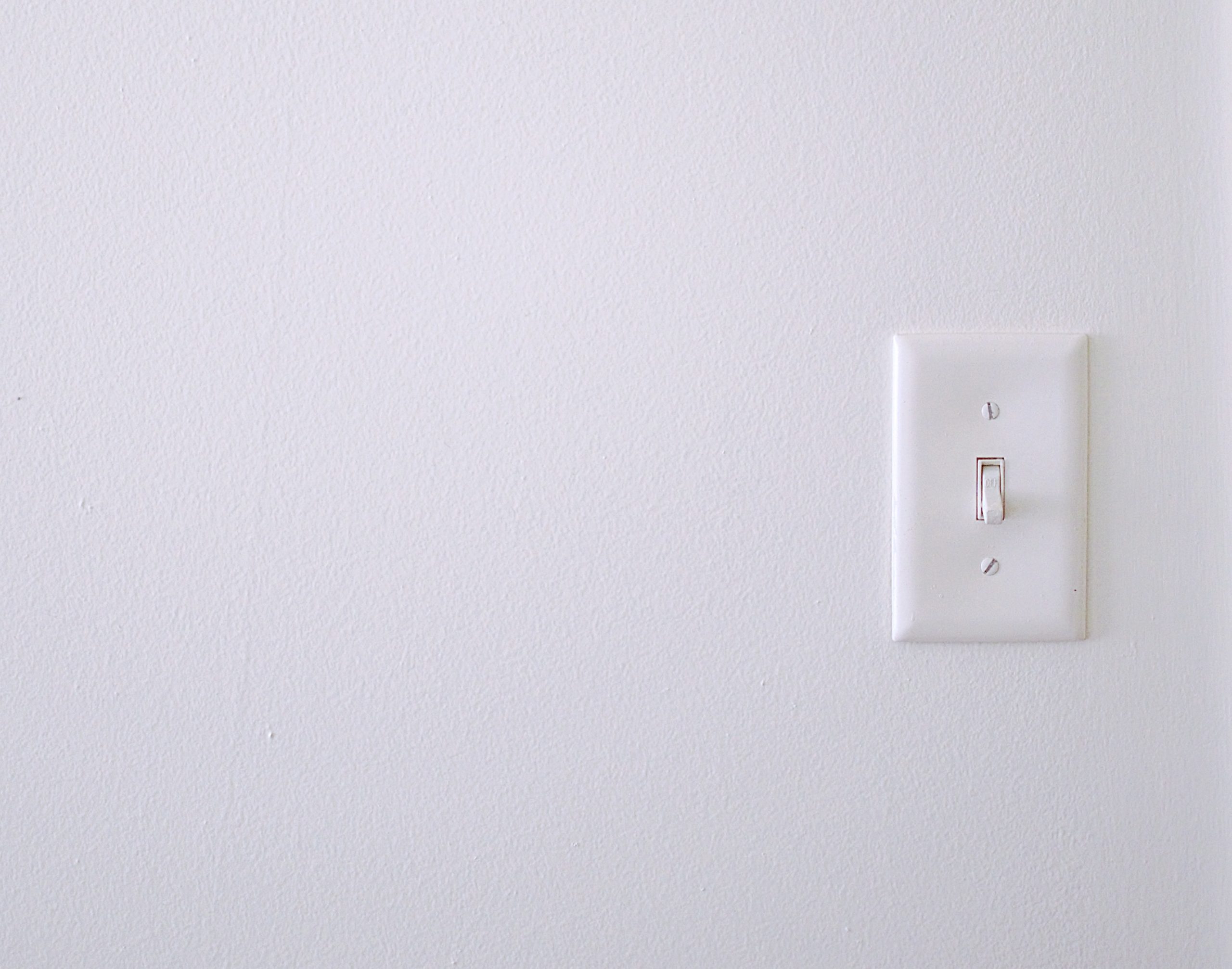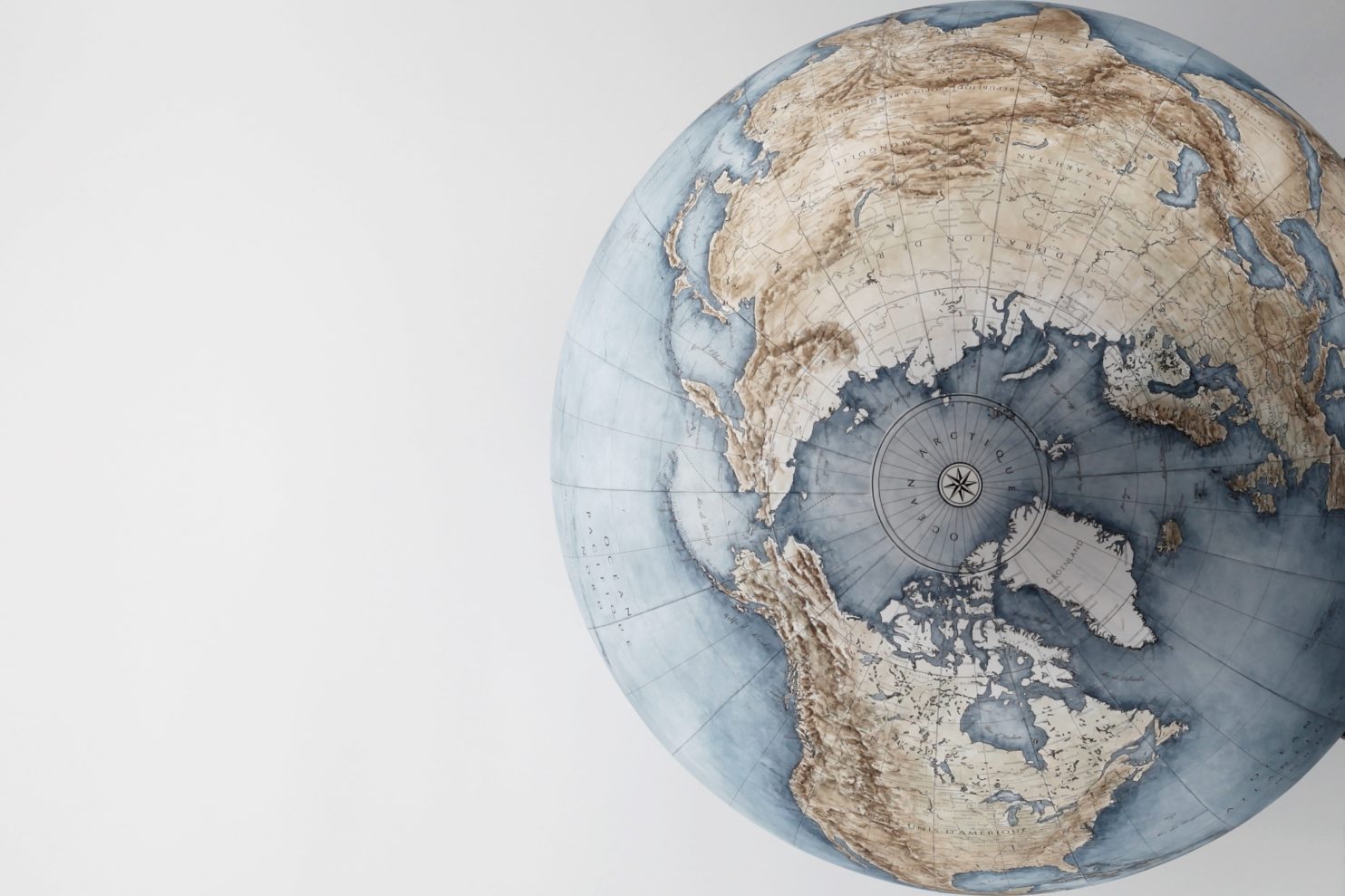The question: “How can we move our production out of China to domestic or nearshore options?” is becoming a daily conversation. Considering that China supports nearly 80 percent of the world’s apparel manufacturing, there is not a simple answer to this question, nor an immediate “flip the switch” solution. With planning and awareness of strengths by country, however, there are decisions that can be made to reduce risk and manage your production effectively.
Why Can’t I “Flip the Switch?”
We have a mathematical problem. The entire industry can’t shove 80% of the manufacturing in new places. The infrastructure to support this increasing demand just isn’t there, which creates a race with demand. With increased demand and limited options available to support the vast need, other issues arise such as increased costs, and a prioritization of companies with the highest volumes.
Vetting
A key issue in flipping the switch – proper vetting takes time. In exploring a new country and suppliers, the first steps include reviewing the region’s (and factory’s) strengths and weaknesses with respect to the particular product category. The equation of expertise, quantities, and overall opportunity needs to make sense to justify the investment required to verify the fit.
Infrastructure
Part of the vetting process requires having a true understanding of the transportation and port infrastructure to ensure you can meet upon timing and delivery expectations. Not all countries are the same with respect to the apparel ecosystem. In fact, it’s difficult to compare any country to that of China in terms of vertical and complete infrastructure.
It is also important to review the textiles and resources in the country available to support production. Does verticality exist in the country? If a majority of raw materials, trims, etc., needs to be imported, costing and timing for the import will need to be a part of the plan. Are there penalties such as tariffs and duties for importing? If verticality does exist, does the quality, pricing, fabrication, finishing, and overall expertise meet the needs?
Governmental Support
Decisions on moving production are sometimes related to political concerns, as with the U.S. government refusal of all goods from China’s western Xinjiang region flaming the movement to shift production outside of China. Equally, there may be incentives supported by governments to make manufacturing in a particular country more appealing. Understanding treaty benefits (NAFTA, CAFTA, AGOA, and HOPE), tariffs, and duties take time and commitment to navigate but will help provide clarity in determining the fit of a country for manufacture.
Stability in Country
Volatility in the country is quite important to review. Political challenges, civil struggles, and local mindsets can all greatly impact the reliability and delivery of goods. For example, there was a time that exporting out of certain countries meant 30% of goods wouldn’t make it to the final destination due to theft in transit, which needed to be accommodated for in the overall plan. The onset of civil disruption, gang interference, and country-to-country disputes are important to monitor in planning future production.
Personal Investment
Once you have a handle on the country’s viability and infrastructure and are committed to finding factory partners, multiple visits to the factories are important to ensure consistency, employee conditions, quality, efficiency, and the ability to meet timelines with true honesty and transparency. False hope never serves deadlines well. Know, to develop new resources takes investment and time, in both vetting and developing a rhythm that works in the country and in a factory.
 70+ Countries of Strengths and Weaknesses
70+ Countries of Strengths and Weaknesses
Having visited more than 70 countries throughout my career in apparel I have found there is beauty and strengths in every land. Not every country nor every factory does everything well. Understanding strengths and weaknesses by country (both in developed skill and cultural mindset) will help make sure you are making good decisions about where to place your manufacturing.
In my years of travel, I have been to some of the most remote regions of the world, learning about textiles and apparel making from those that do…and have been for generations. I have learned from the best in knitting, weaving, dying, printing, decoration, sewing, and all of the specialties that impart unique character to garments. In being a student of the world, I have toured more than 2,000 factories globally, and in my learnings, I have come to respect certain regions for their strengths. Likewise been able to identify weaknesses and challenges important to note while making decisions about sourcing apparel manufacturing.
For those interested in learning more about core strengths county by country, I have been developing a download that will be soon available to serve as a general guide. If interested:
Production: Understanding Origins For Production Minimums Document
Consequences of Mass Country Departure
Complete abdication has consequences.
Demand Exceeds Supply Scenario 
With increased competition seeking domestic and nearshore options, the limited amount of factory resources that are available become slammed. Again, looking at the mathematical equation; if China currently manages approximately 80% of the apparel production, the rest of the world is currently managing approximately 20%. That doesn’t mean the rest of the world can’t take on more production, however, it takes time to develop the skillset and efficiencies that manufacturers in China have so well perfected. The combination of quality and efficiency has afforded a price point we have gotten comfortable with, and consumers have grown accustomed to relying on. This is not a given as production is relocated to other regions.
When demand exceeds supply, the supplier holds all the cards. In these scenarios, factories will often lean in on the easiest, higher profit churning options (more simple production, higher SKUS). This impacts the price of more complicated goods with smaller units if the factory will take the program at all.
The Impact: Competition gets tighter among brands and retailers looking to produce, and factory allocations become harder to access and more expensive. Be prepared for a different level of efficiency, quality, and price point.
Factory Shutdowns
There is an avalanche effect to factory shutdowns. We have witnessed this effect during COVID shutdowns and in navigating labor strikes through the years, however there is a much bigger concern to examine when looking at mass departure of factories and a country.
In addition to the human condition affecting those who lose their jobs, as factories close there becomes less options to select from, again creating a highly competitive landscape. Once the skill is gone and the suppliers are depleted, the original resource is gone. For example, losing the resource of Chinese production would be devastating the entire garment supply chain today.
The Impact: Skilled labor without work. Large sourcing and production needs with fewer resources.
Abdication of Expertise
Although it takes times to see the demise of abdication, we can look at the United States as an example. During the 80’s, a large portion of the apparel manufacturing went offshore. As this happened, the specialty was no longer taught, so the alongside production leaving the U.S., so did the technical expertise. That’s not to say there are not experts who have been dedicated to building technical expertise, however, it is known by those who have been in the industry for decades that today, there is a dearth of technical knowledge domestically.
Technical knowledge is an important part of developing garments, and in making the right decisions from fabric, to pattern, to stitch to ensure the product performs as it needs to for the wearer, and ultimately supports customer satisfaction.
Abdication of Expertise Impact: Compromise to product quality and dependency on external knowledge.
 Understanding the Tradeoffs
Understanding the Tradeoffs
The reason so many companies are looking to shift production is completely understandable. From ongoing hurdles with logistics fueled by COVID, to the U.S. government refusal of cotton in China putting focus on the Uyghur conversation, bringing the production of goods closer to home is a rational decision. It is important however to have realistic expectations about this process.
• It can’t happen overnight. It takes time to plan and make the transition.
• Be willing to pay more.
• Quality may be a compromise, especially looking to domestic resources.
• Just because production is closer, doesn’t mean it will be faster.
In this day when so many are looking to make the switch, develop a plan with key resources to make sure you have production reserved will be important to manage the flow of inventory. There are excellent production capabilities all around the world. Understanding where the tradeoffs are will ensure timelines, quality, price points are met.
Portfolio Balance 
In the end, having reliable production and quality comes down to managing a portfolio of manufacturing partners. People may grow weary of one of my favorite phrases; “evolution, not revolution.” Moving your production and sourcing doesn’t have to be 100%, now. Take time, do the research, develop a plan.
Our world is complicated. From tariffs, to rising costs, logistics issues, and political and human upheaval, our sector has been particularly hard hit. It is possible to make smart decisions to broaden your portfolio, while working to maintain key relationships with your established partners that have a proven record of ethical practices, and quality deliveries.
For Stars Design Group, from the beginning we created a global network of manufacturers which is now 67 factories across 14 countries. This was done by design. In this model, we can leverage the best fit for the project based on country and factory strengths. The additional major benefit is that we are nimble. As the world turns, and global conditions arise, we can easily make shifts happen. The vetting work has been done, the relationships are in place, and we are continuing to evolve along with this ever-changing landscape.
Apparel is a global community, with specialties and niches in interesting pockets all around the world. Understanding how to navigate this landscape ensures you are leveraging the best fit to meet your needs. If we can help you develop your plan to move production, please reach out. Additionally, if you are interested in the upcoming resource, “Manufacturing Strengths, and Weaknesses by Country,” you may connect here:
Production: Understanding Origins For Production Minimums Document
 About the Author, Bret Schnitker
About the Author, Bret Schnitker
As an industry apparel executive for more than 30 years working in all facets of the sector, Bret has had the unique experience to do in business in 70 countries, working with artisans and experts worldwide. Having been in over 2000 factories that employ 200,000 people, he cares deeply about the value of the opportunity this industry brings to developing countries and its people.
Founder and CEO of Stars Design Group, a fashion design and production house, he believes in fostering an environment of innovation and evolution to stay ahead of the rapidly changing business climate. With offices worldwide and a network of 67 factories globally, Bret helps clients (brands and retailers) solve garment initiatives and production goals, regardless of category or country.
Uniquely Saint Louis based, with its historic legacy in apparel and new focus of innovation, Bret is invested in the blend of talent and technology to develop solutions that serve the demands of the consumer base, while supporting social and environmental goals.

